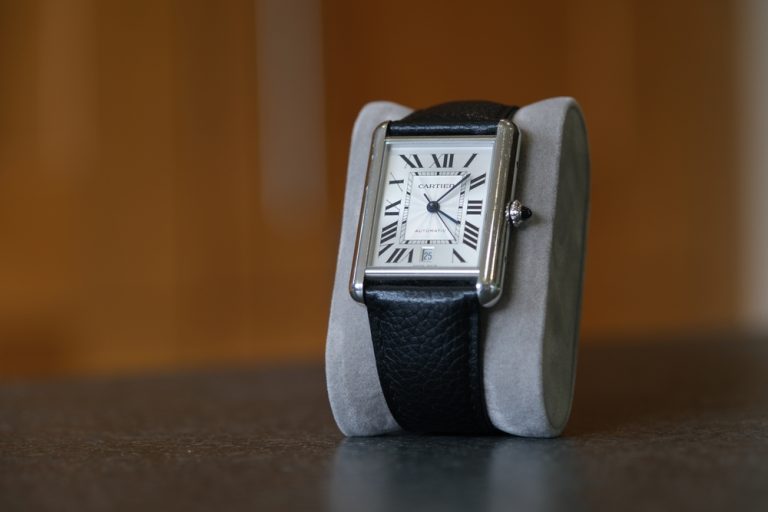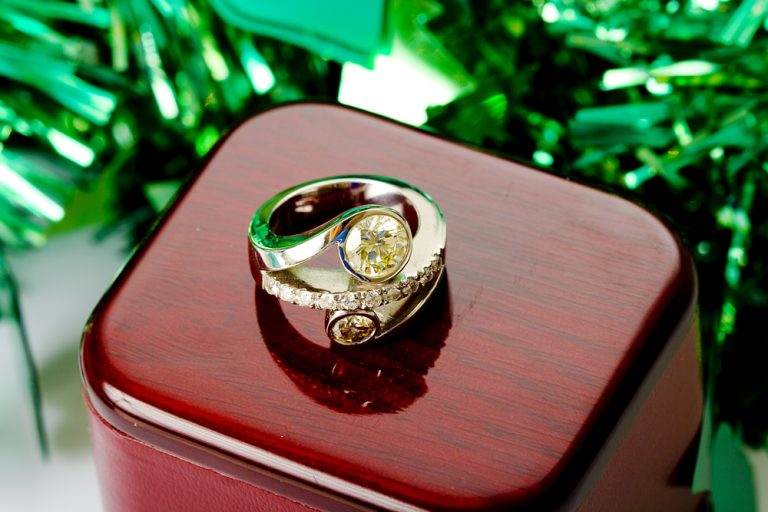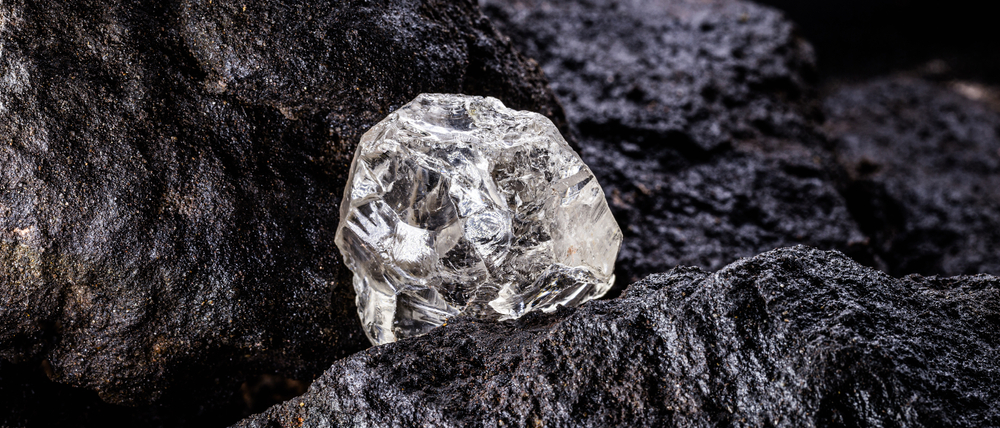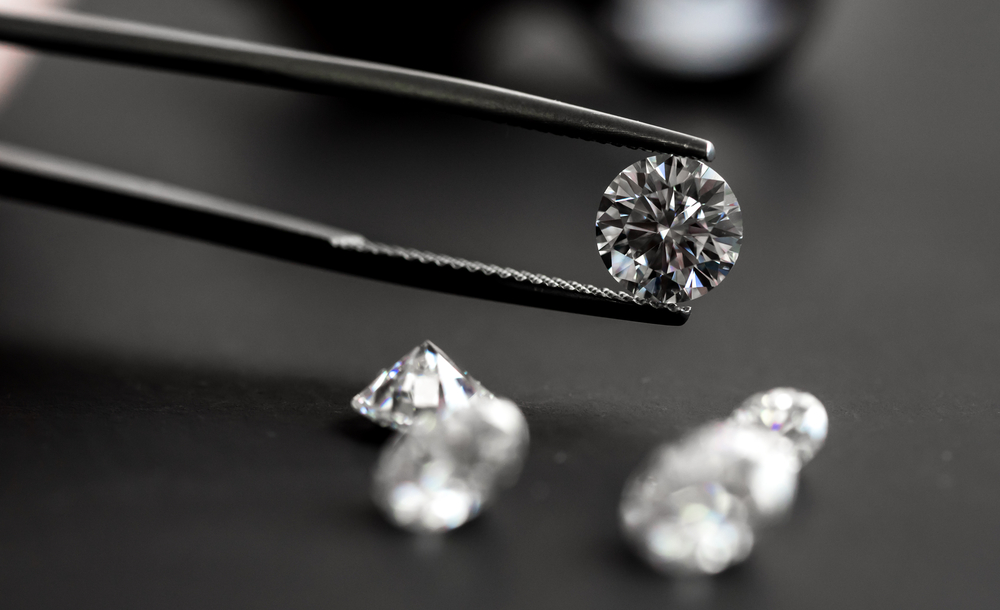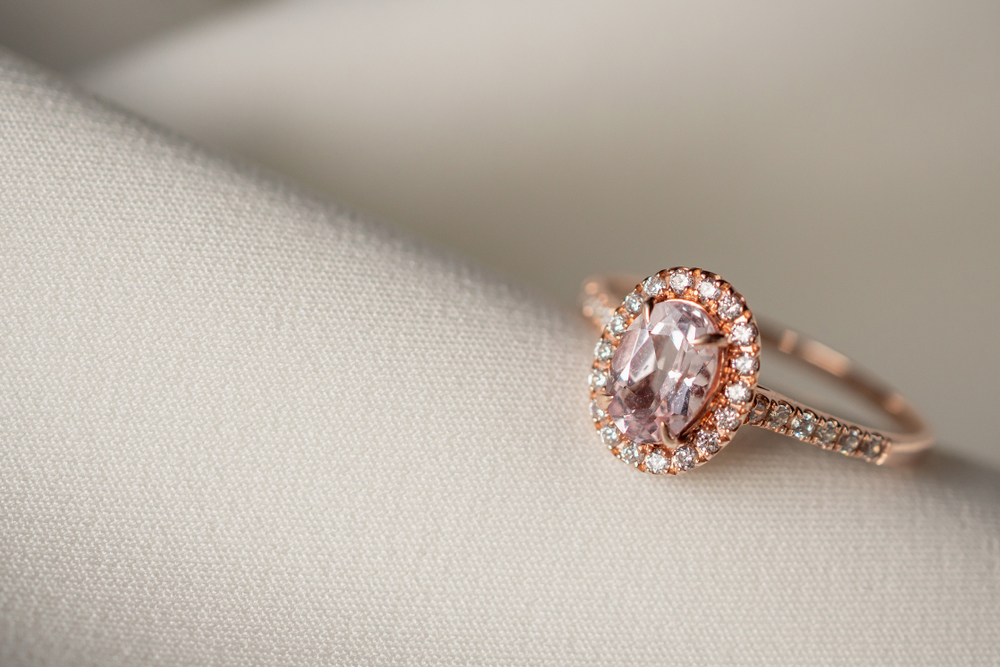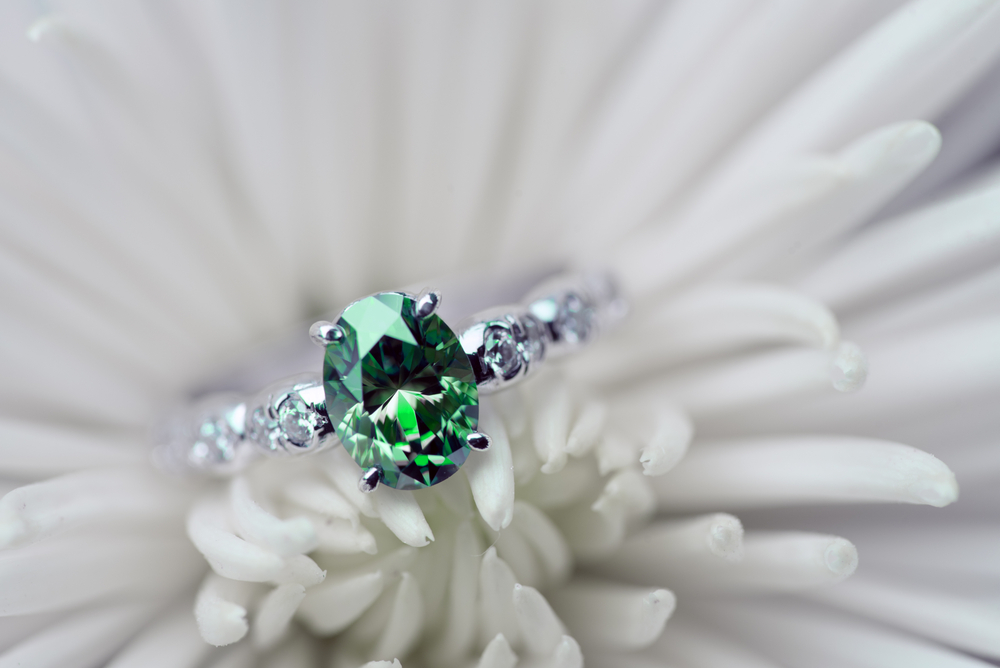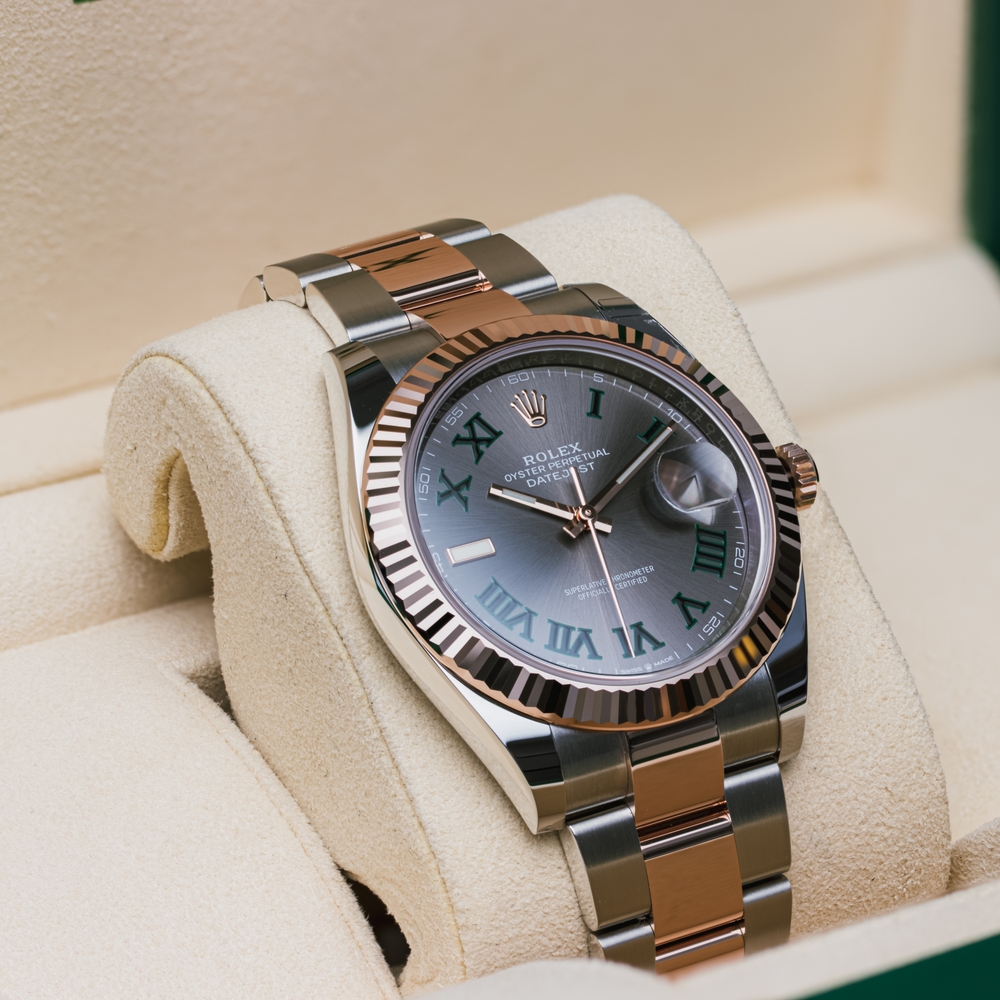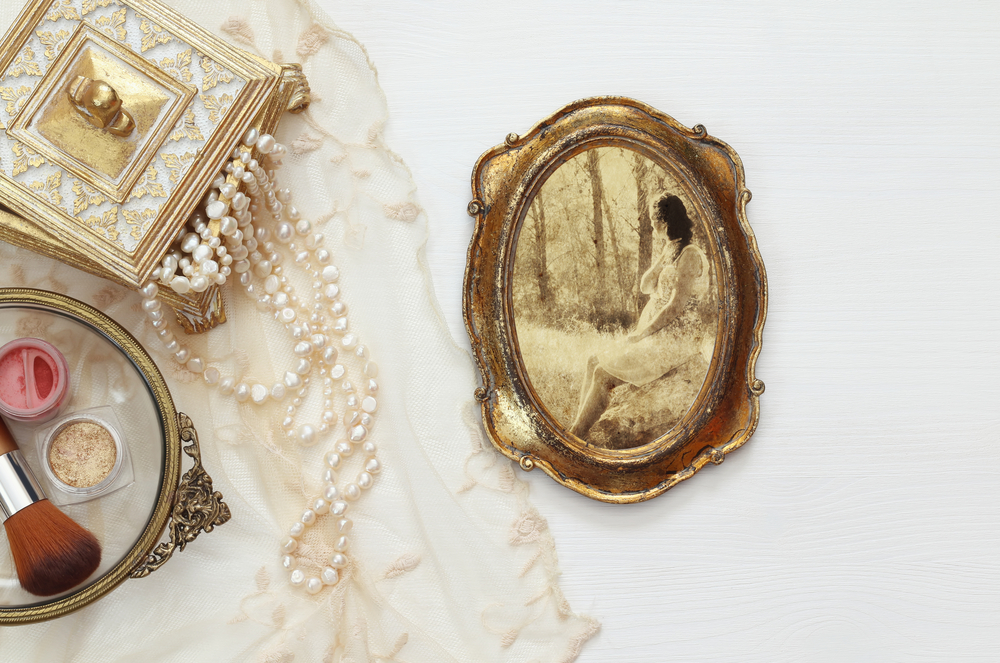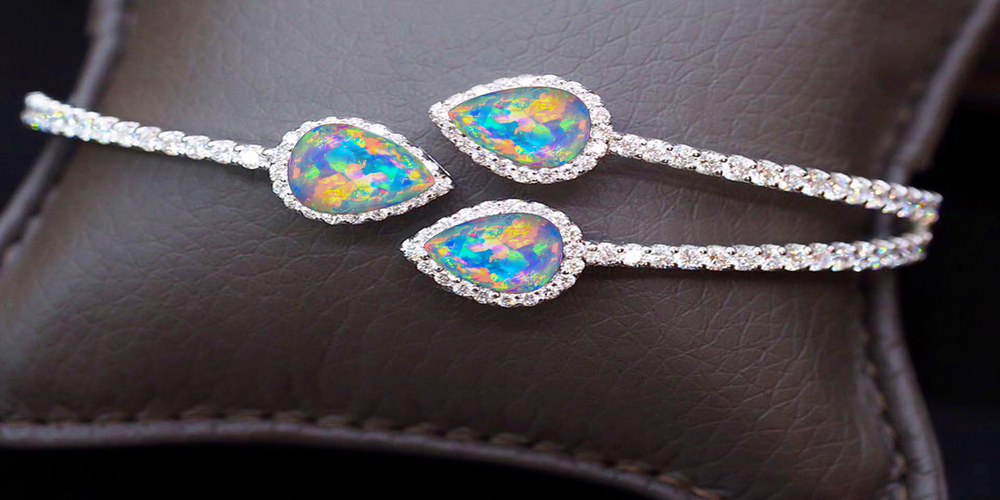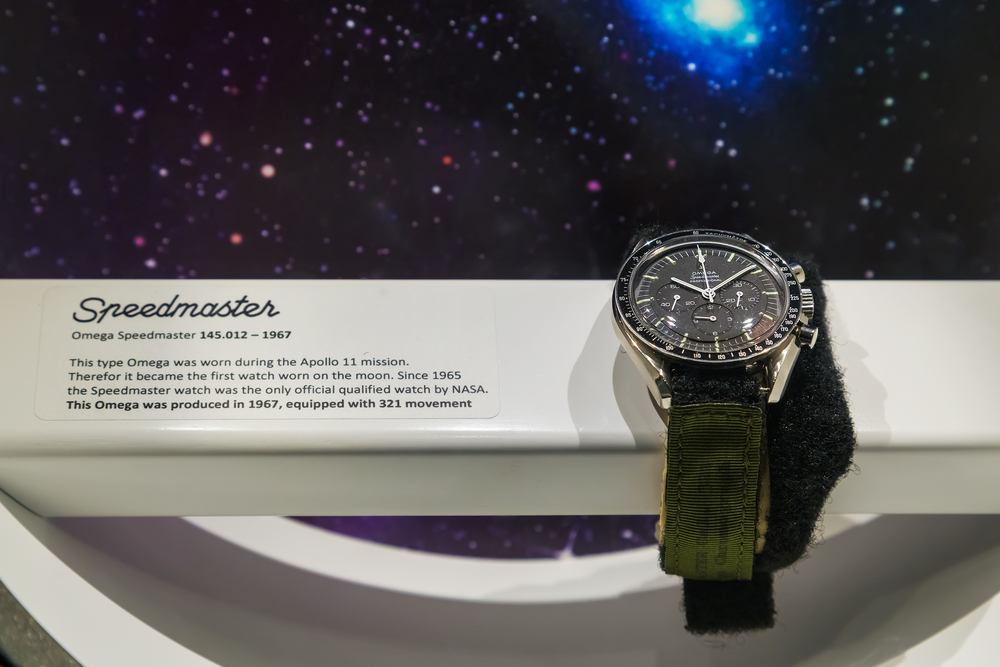To say that Rolex watches are not exactly cheap is an understatement. If you do decide to invest in a luxury timepiece, you probably want to know how long it will last.
While they’re definitely made to last, they still need some attention to stay in perfect shape over the years. If you already own one and need to have it serviced or want to know where to repair Rolex watches in San Diego, we have your answer!
With assistance from the knowledgeable in-house watchmakers at Leo Hamel Fine Jewelers, your Rolex watch is certain to last a lifetime. Visit us today!
How Long Will a Rolex Last?
When you think of Rolex, you think of superior quality and impressive durability. While such a reputation is surely a good thing for a brand, it sets the bar high and inevitably begs the question: do Rolex watches live up to their name?
One thing is certain, Rolex has been consistent in producing top-quality timepieces that keep their luster over long time periods. What’s more, the brand continues to perfect and improve their watches year after year, making sure they still look as pristine in half a century as they do immediately after production.
If you own or want to invest in a Rolex, you probably want to know how long it should last. Thanks to the master craftsmanship and exquisite attention to detail that Rolex is known for, it’s safe to say that your timepiece is likely to stay in good shape for generations with proper care and maintenance.
This is evident in the fact that vintage Rolex watches are a watch collector’s favorite. Vintage models like the Rolex Oyster Perpetual Submariner that are still in perfect working condition are quite common. Their appearance may show signs of aging, but with proper service from experienced watchmakers, they’ll look as good as new.
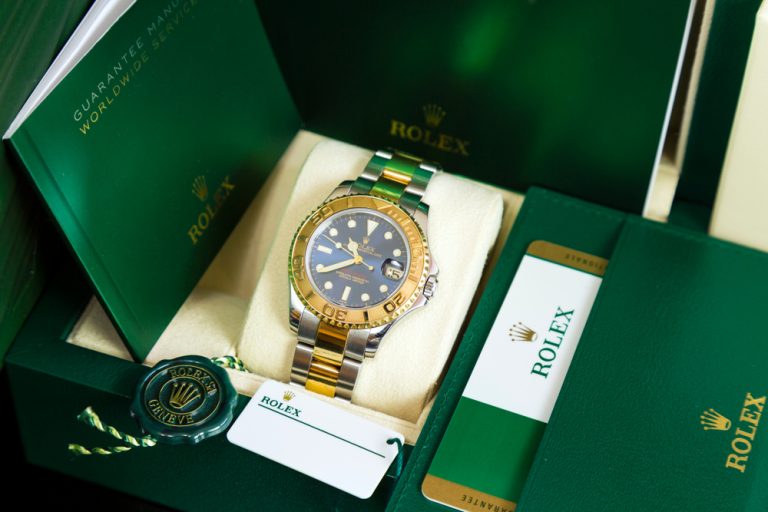
Does Rolex Have A Lifetime Warranty?
While we’ve established that Rolex watches are highly durable, they don’t come with a lifetime warranty. Instead, all watches are covered by an international warranty for a period of 5 years after purchase. The warranty excludes:
- Wear-and-tear (straps and non-metal bracelets)
- Cases of theft and loss
- Damage caused by misuse
- Adding or substituting components with non-original parts
- Repair or service done by a third-party
Some people may be disappointed with the duration of the Rolex warranty. However, it demonstrates just how confident the brand is in the quality of its products. In many cases, a Rolex timepiece can last a lifetime, especially if it’s serviced regularly. Rolex recommends service every 10 years, but every 5 to 7 years is good for ensuring optimal performance.
Where to Repair Rolex Watches in San Diego?
Rolex watches are undeniably high-quality and durable, but should still be regularly checked. Regular service and maintenance are a must if you want to make sure your watch is always in perfect condition. In the unlikely but not impossible scenario of your Rolex breaking down, you should have seasoned professionals who can fix the issue efficiently and expertly at your beck and call.
Fortunately, you won’t have to search for the finest experts in your area for too long. Simply visit Leo Hamel Fine Jewelers on your way to Downtown San Diego. Our factory-trained technicians can repair your watch with unmatched skill and expertise. What’s more, they can tell you everything you may want to know about Rolex timepieces, whether you want to know how to spot a counterfeit Rolex or need advice for cleaning your watch. Stop by our store today!


